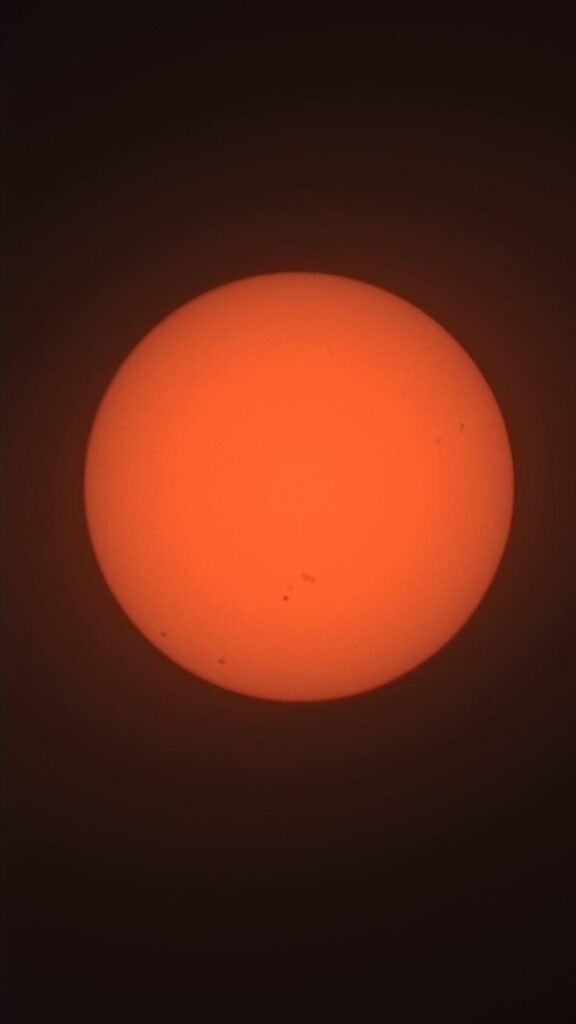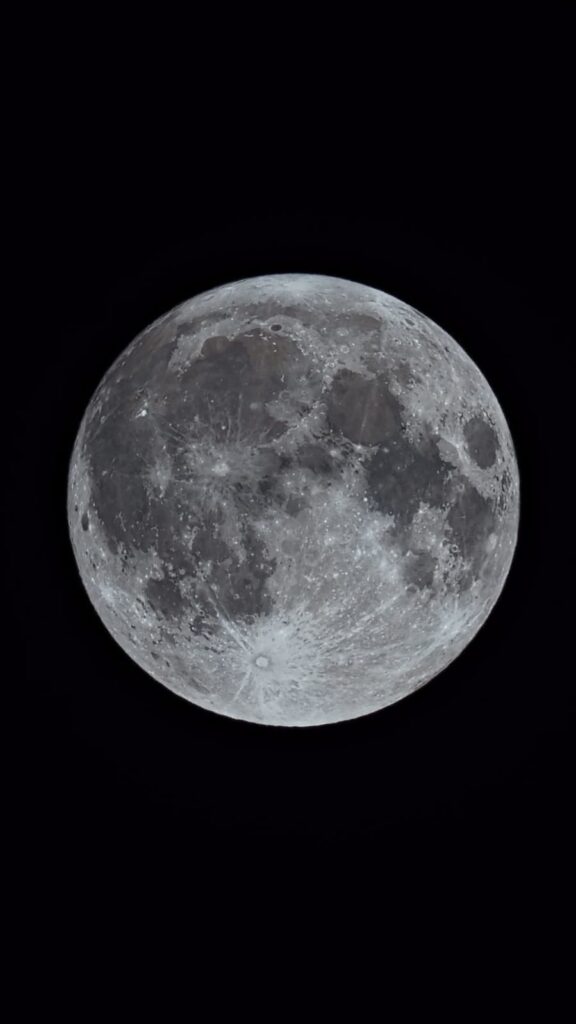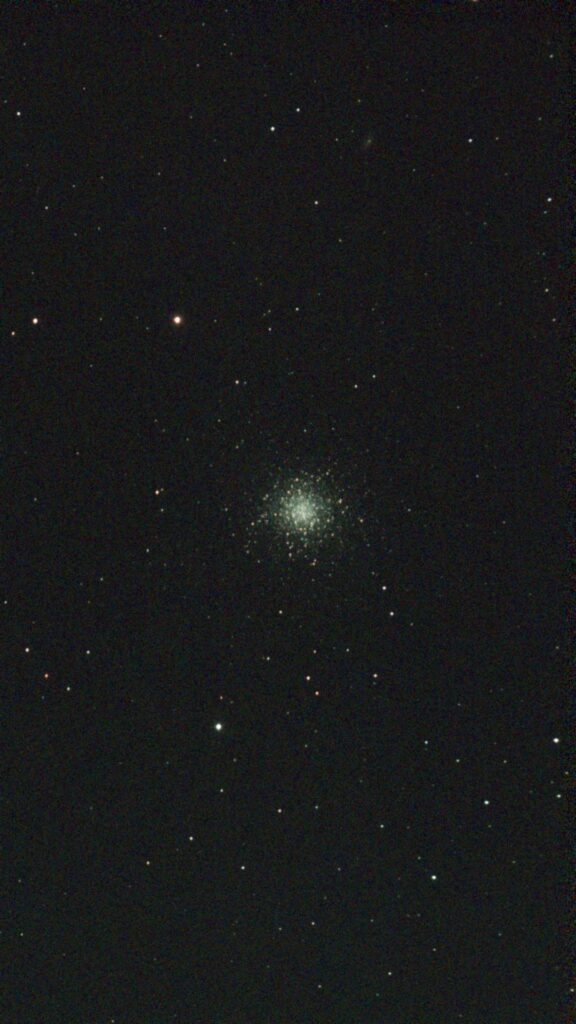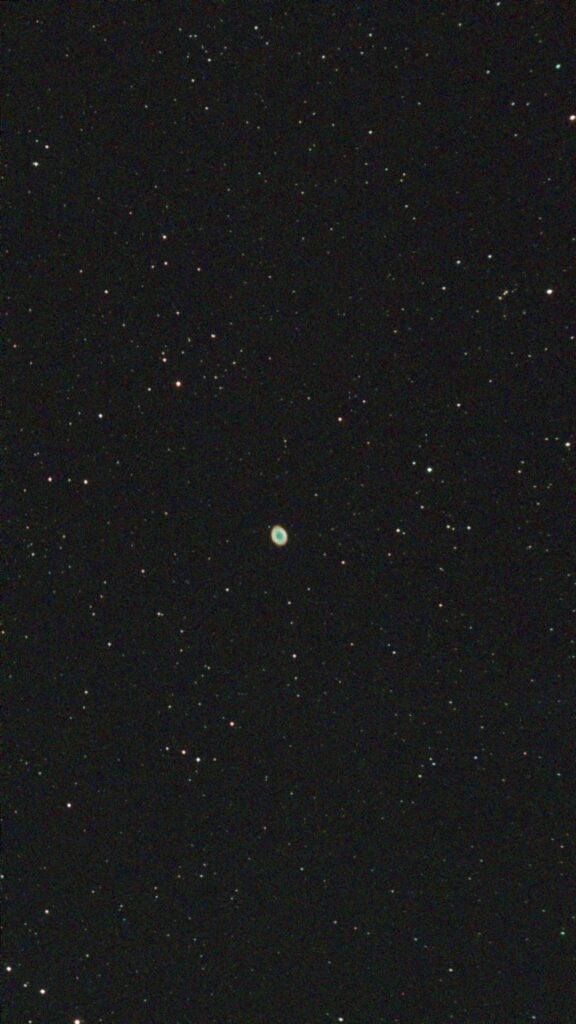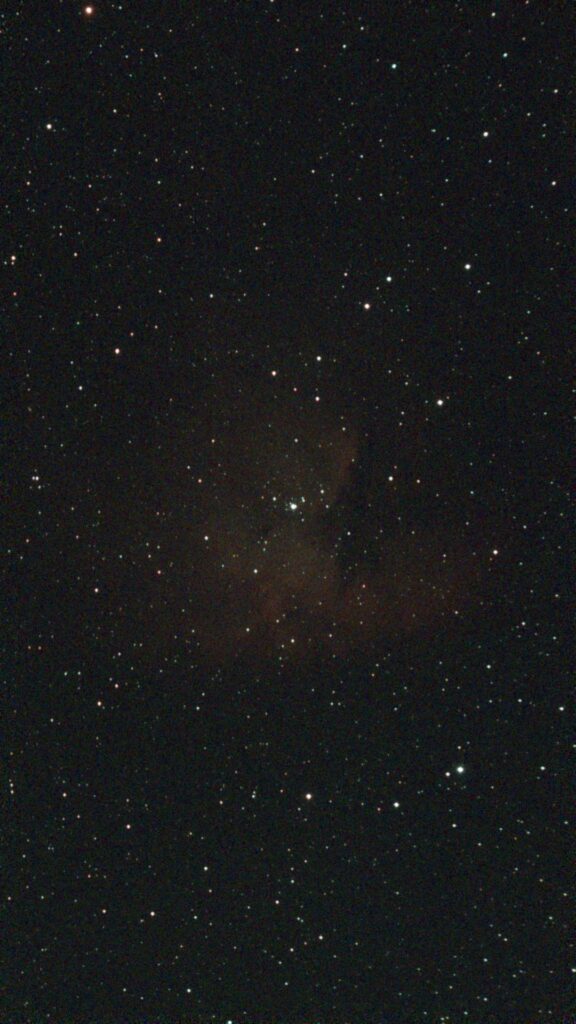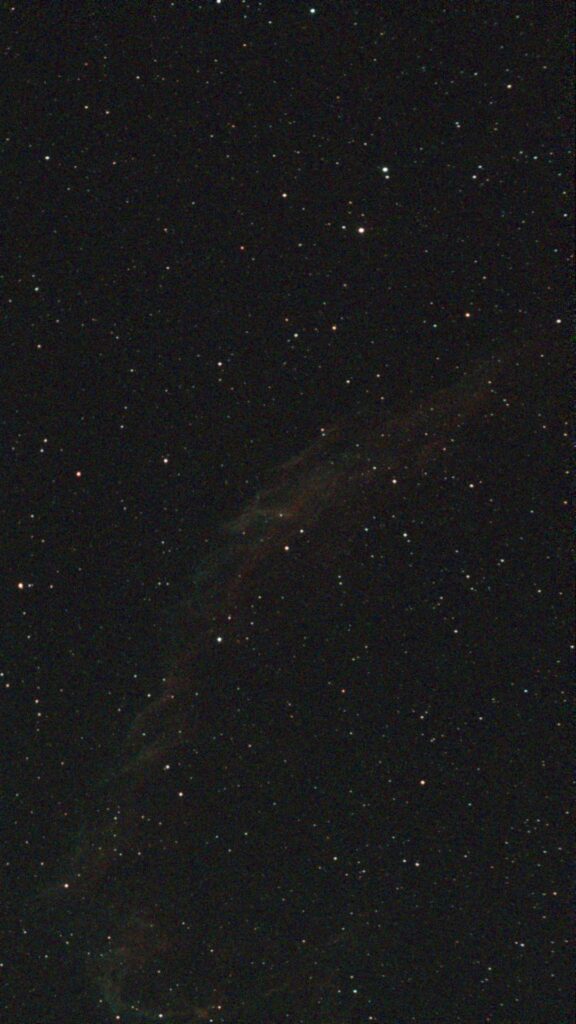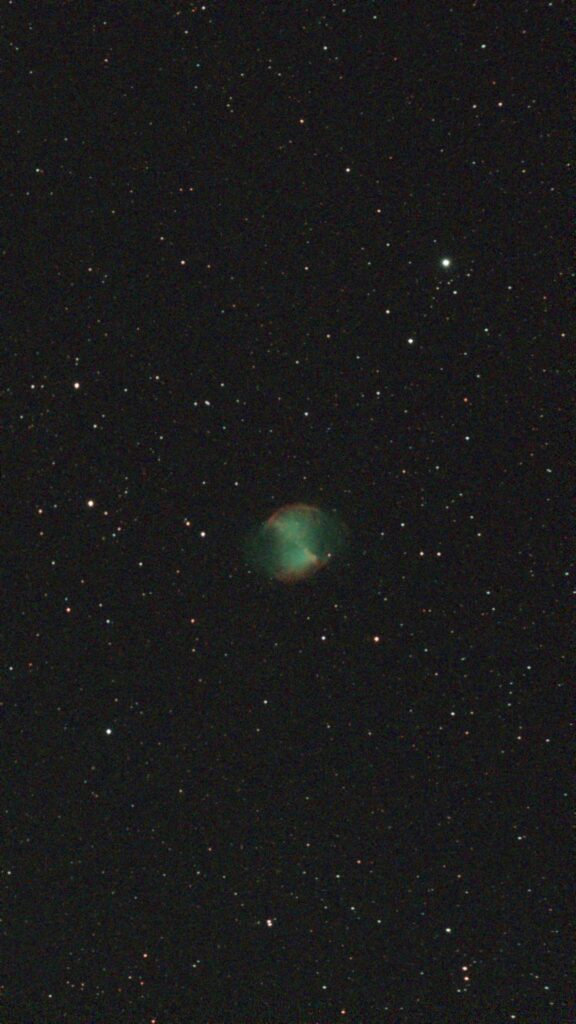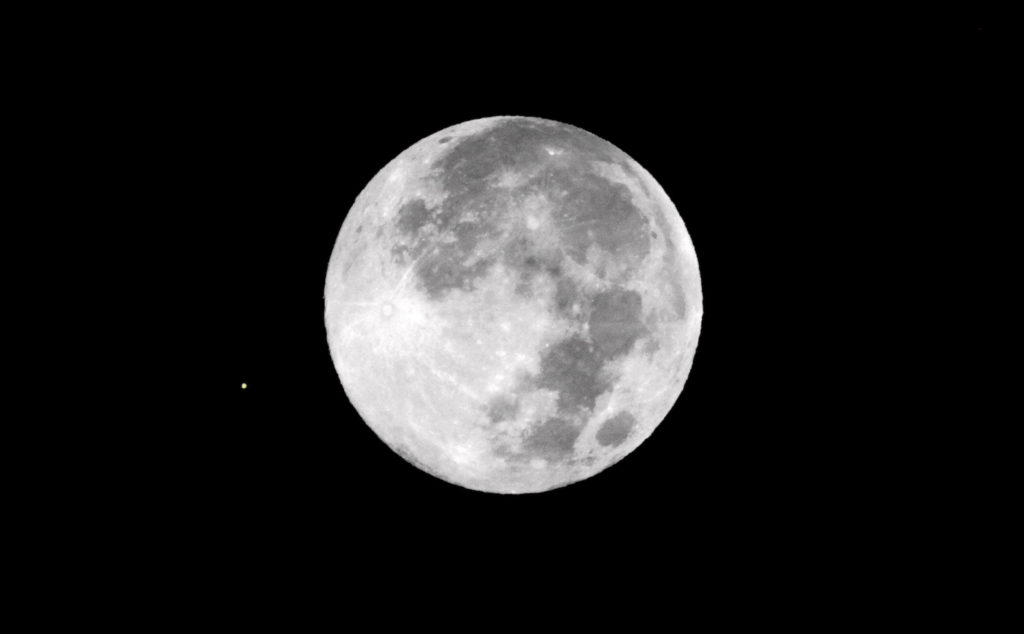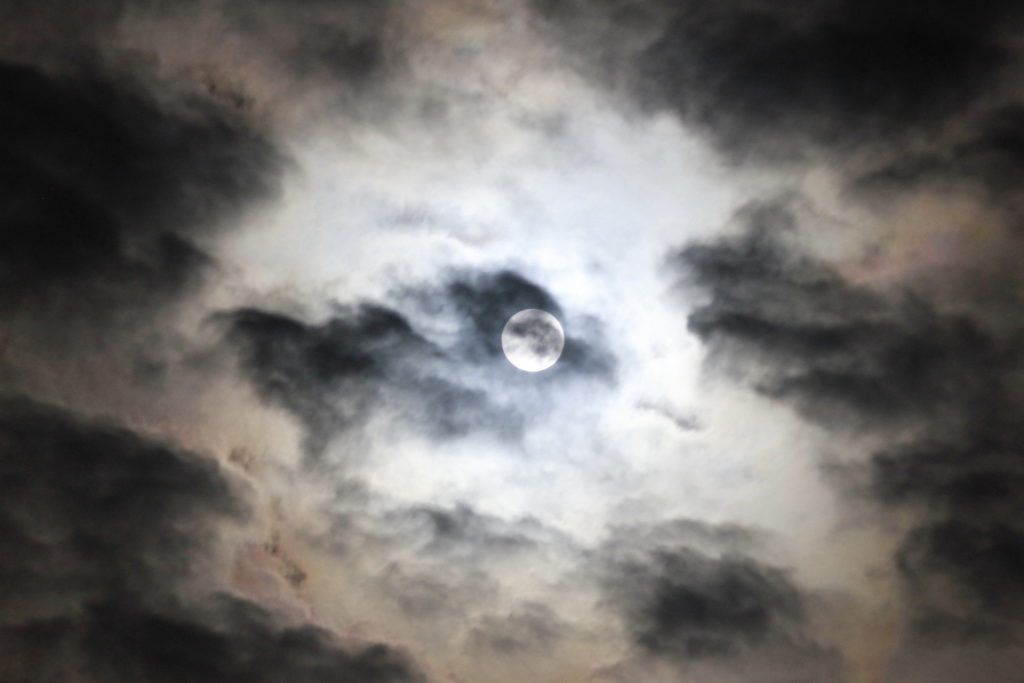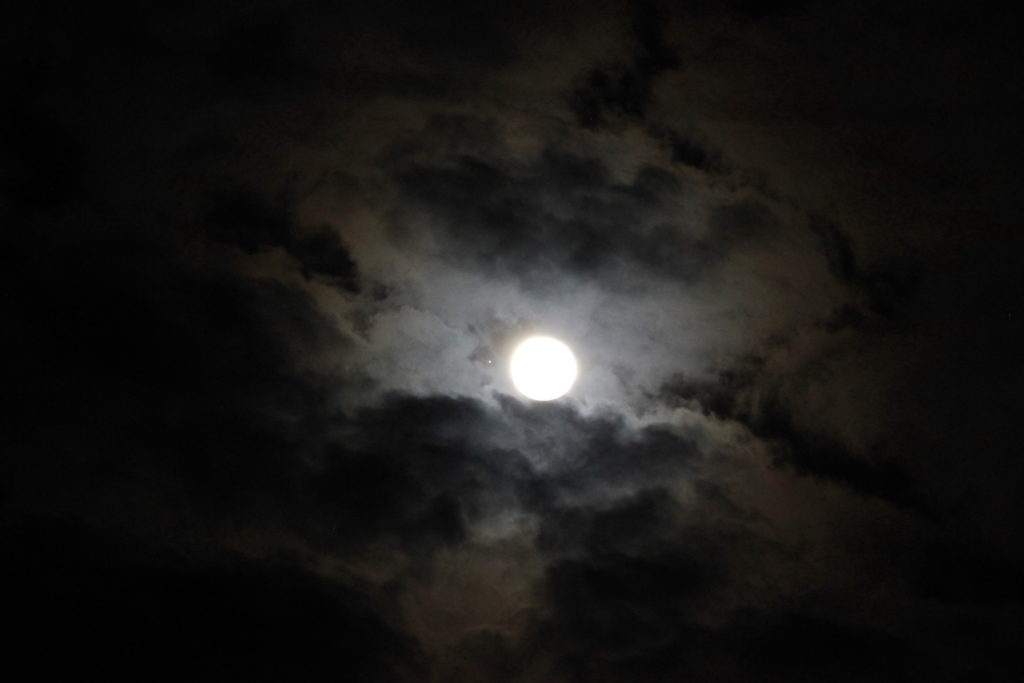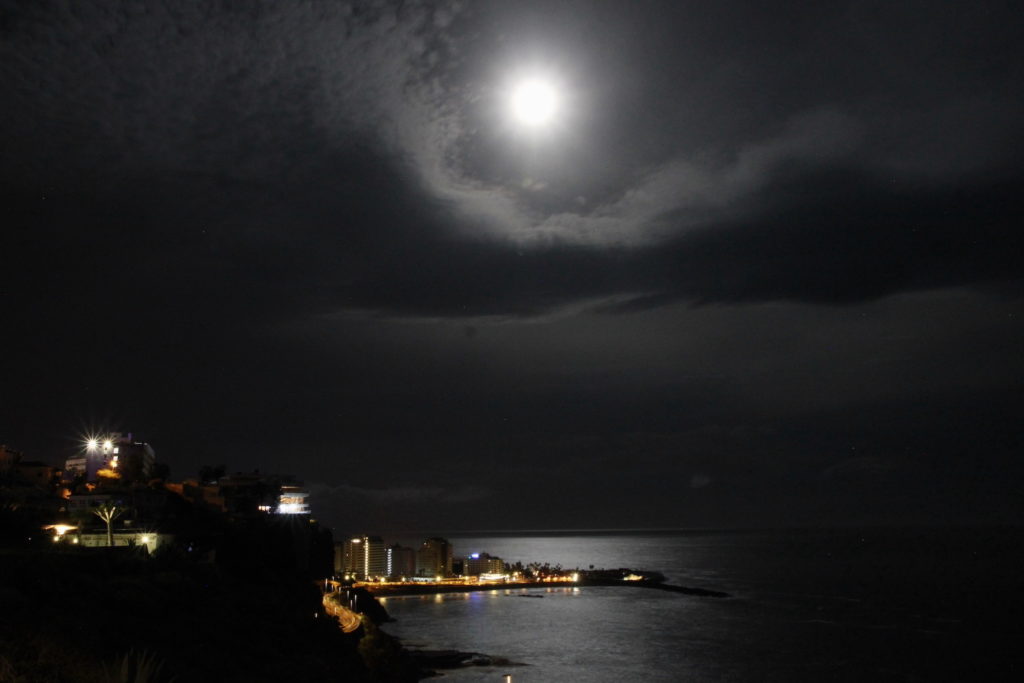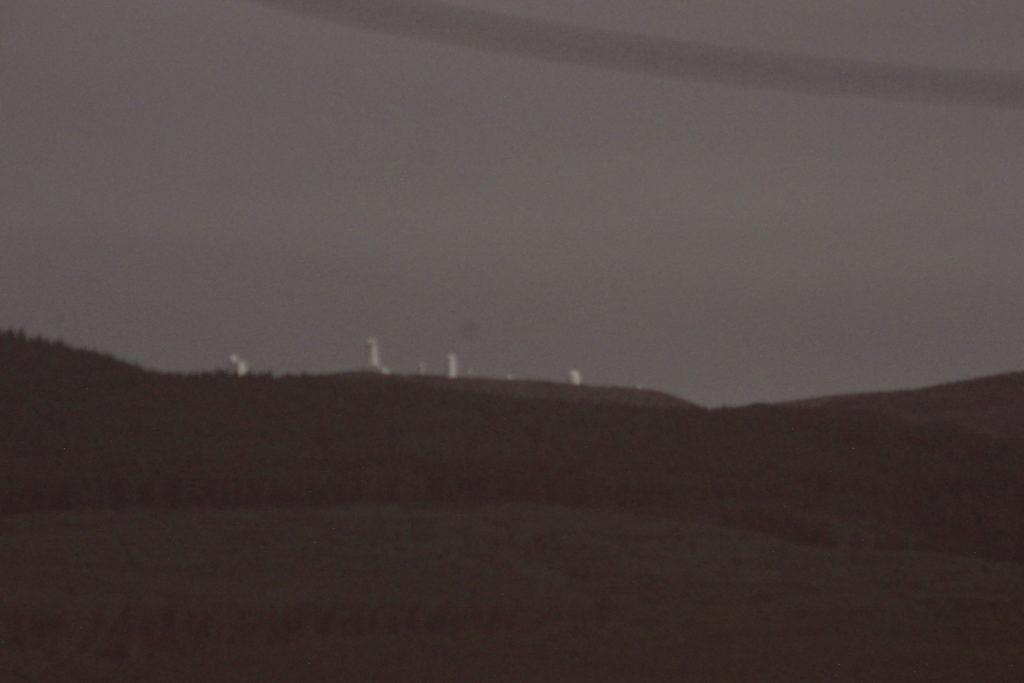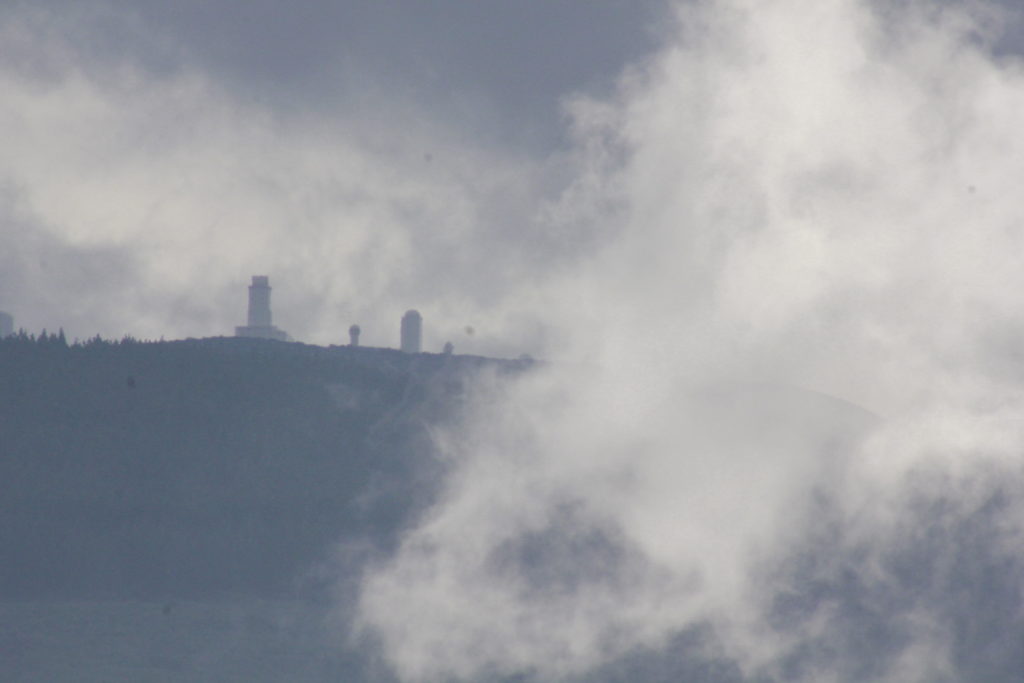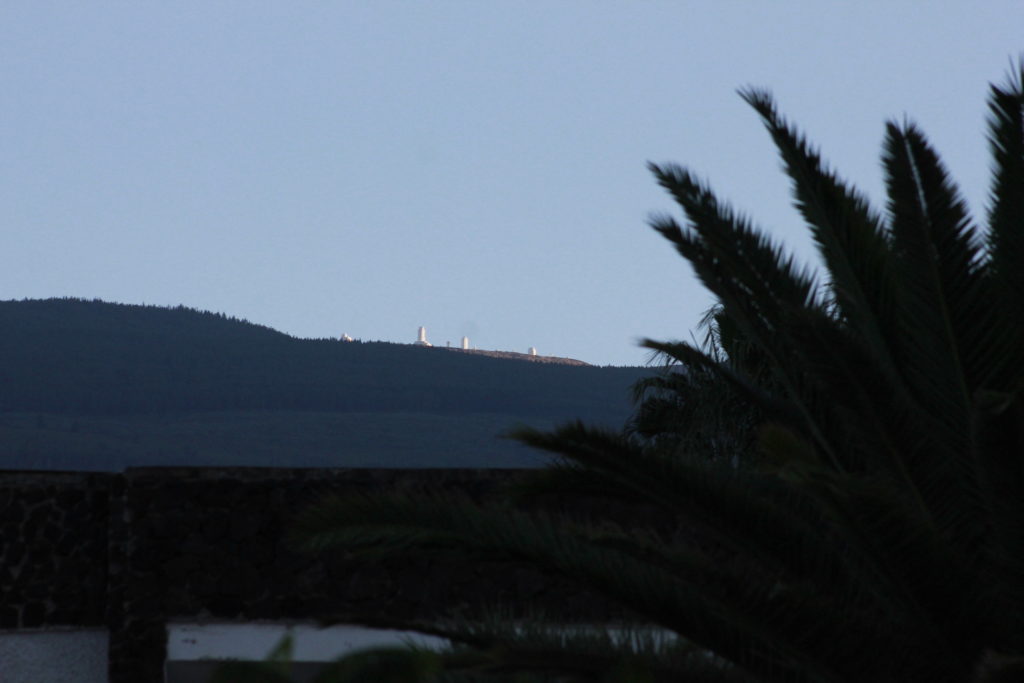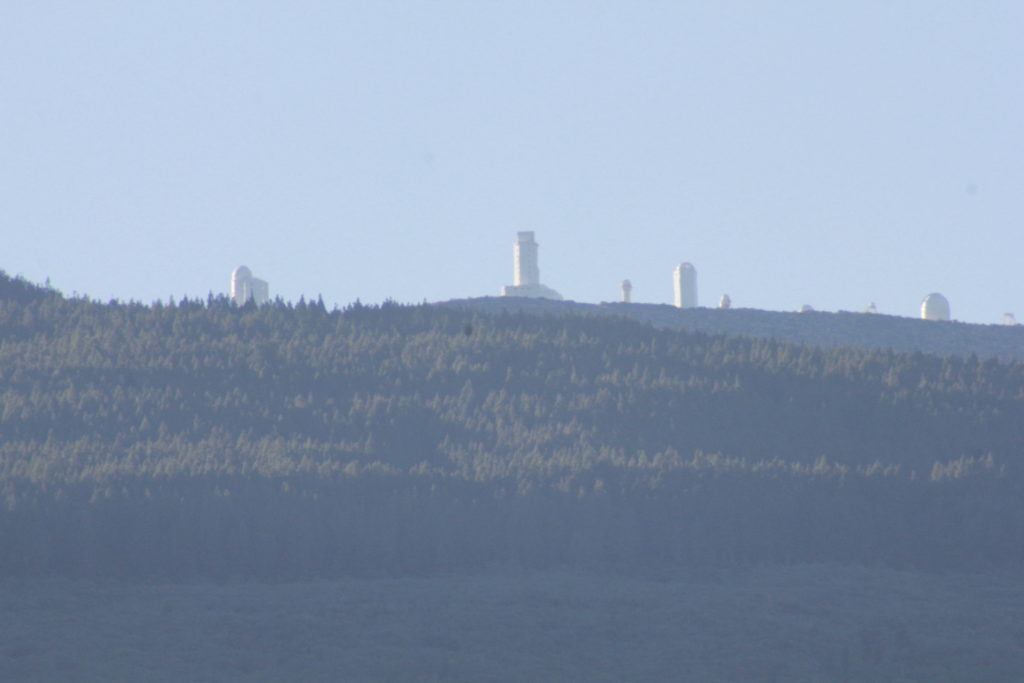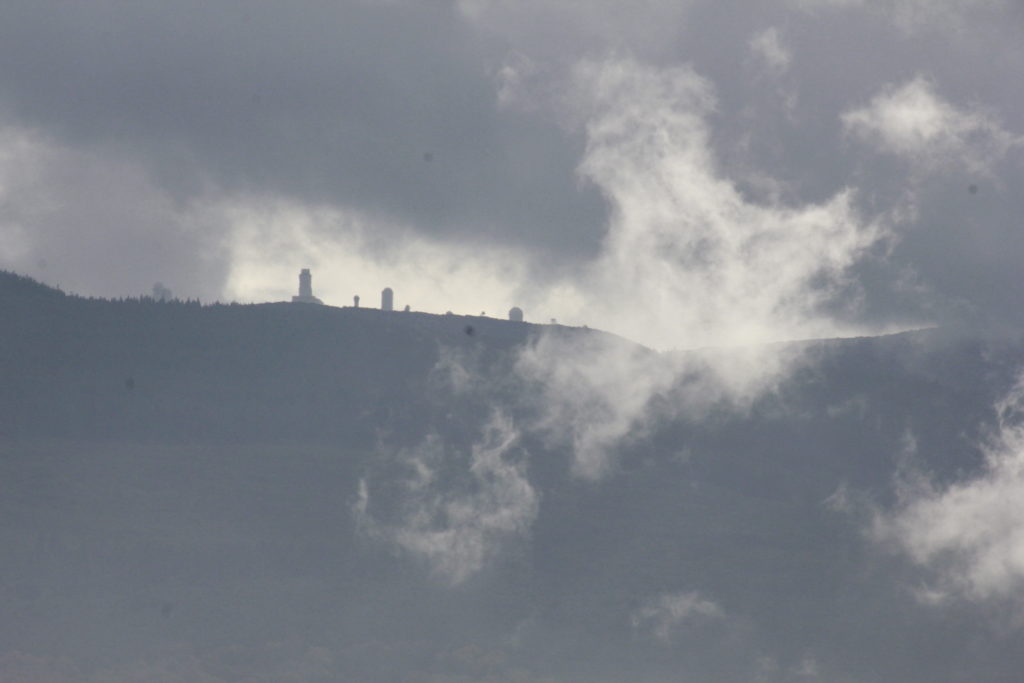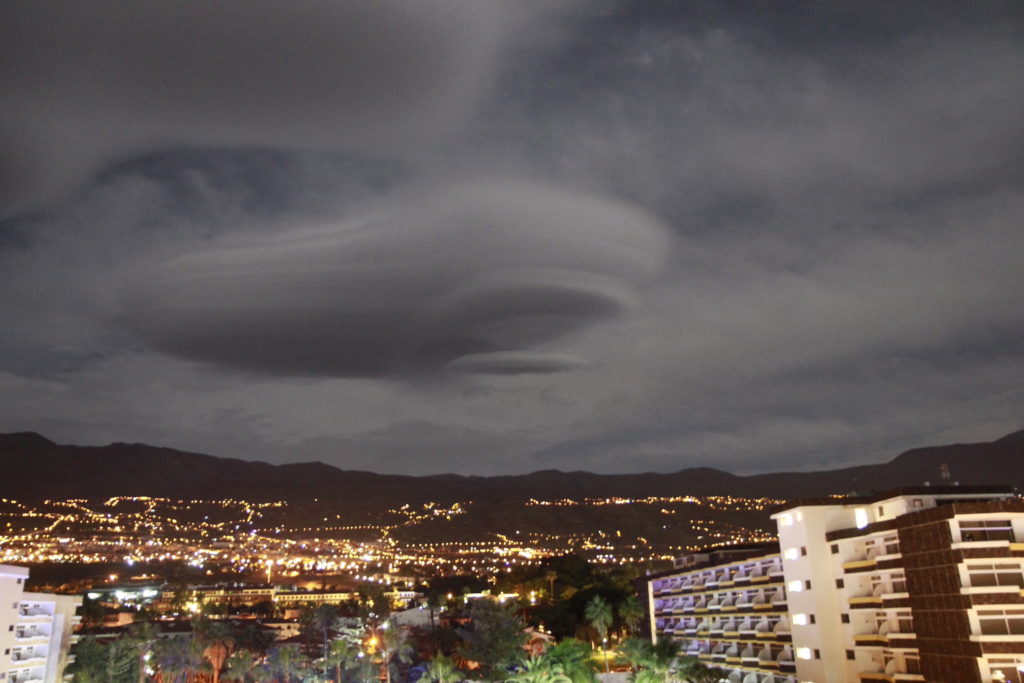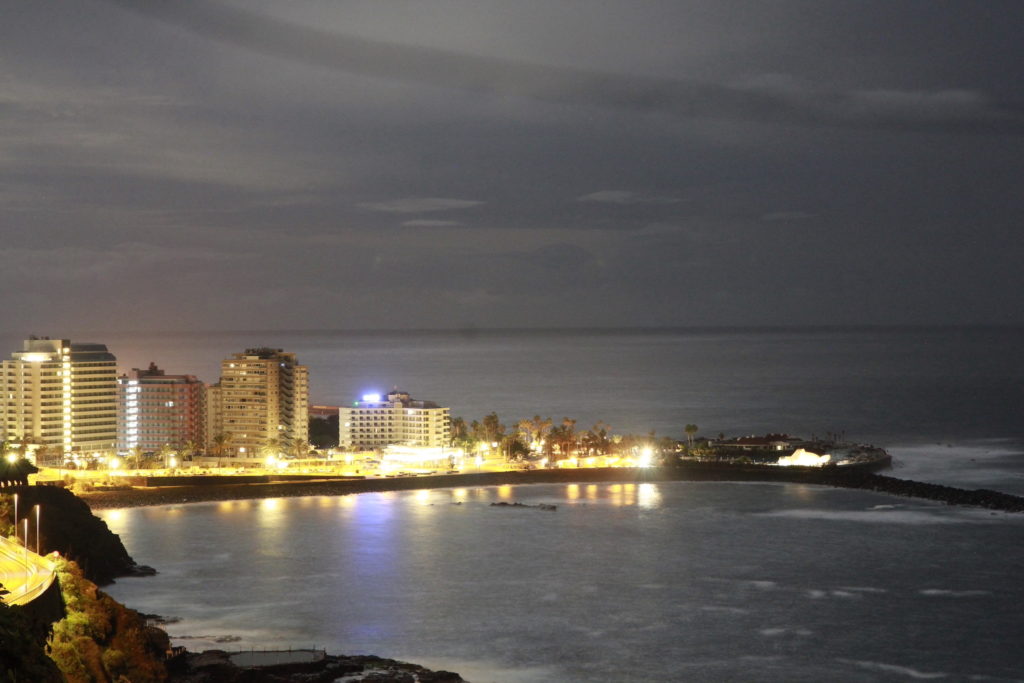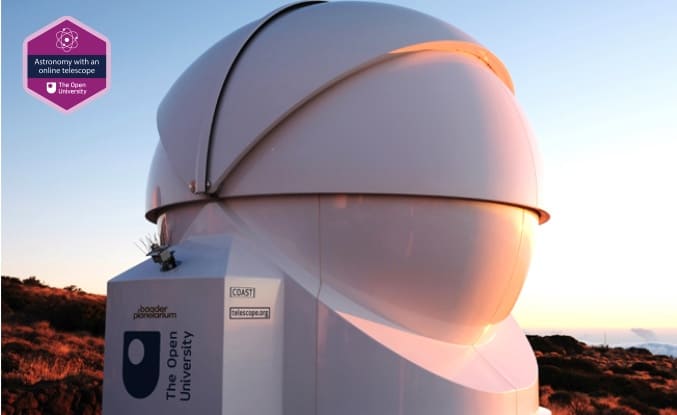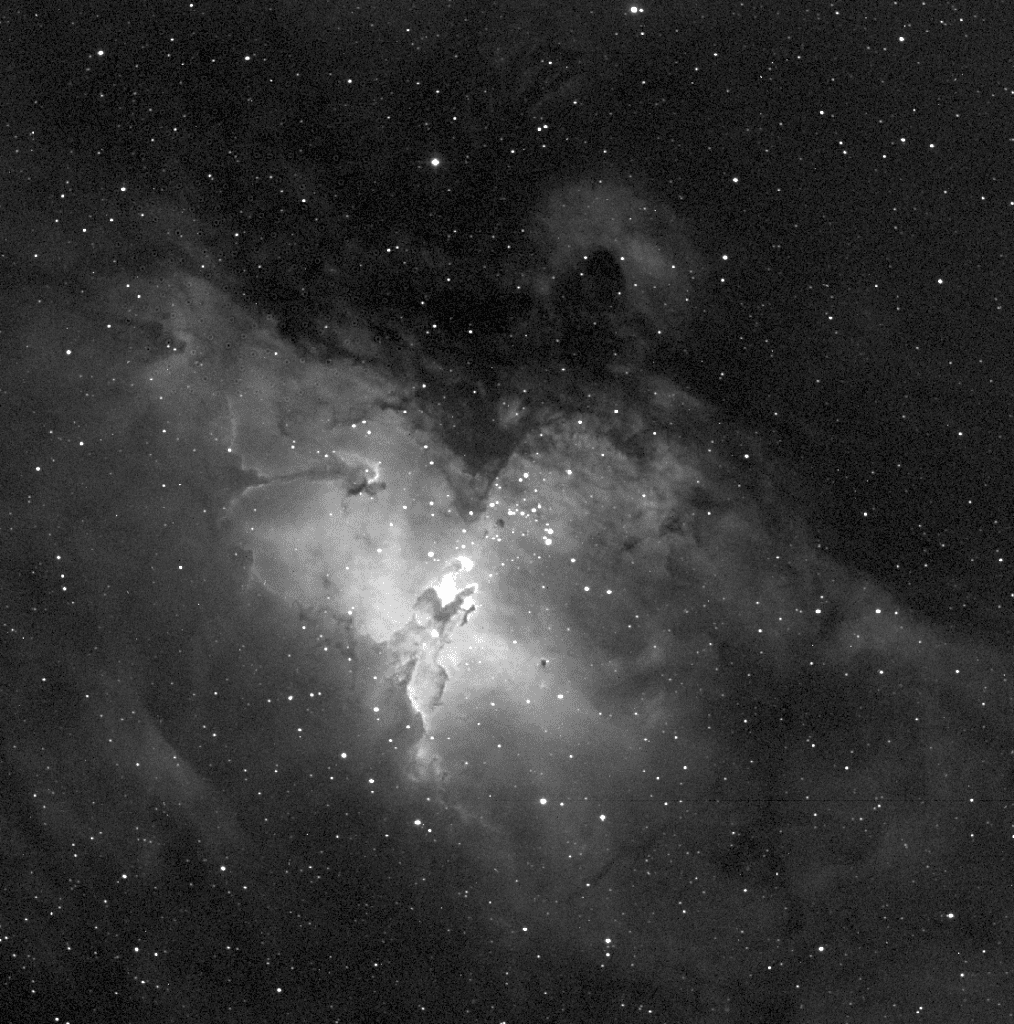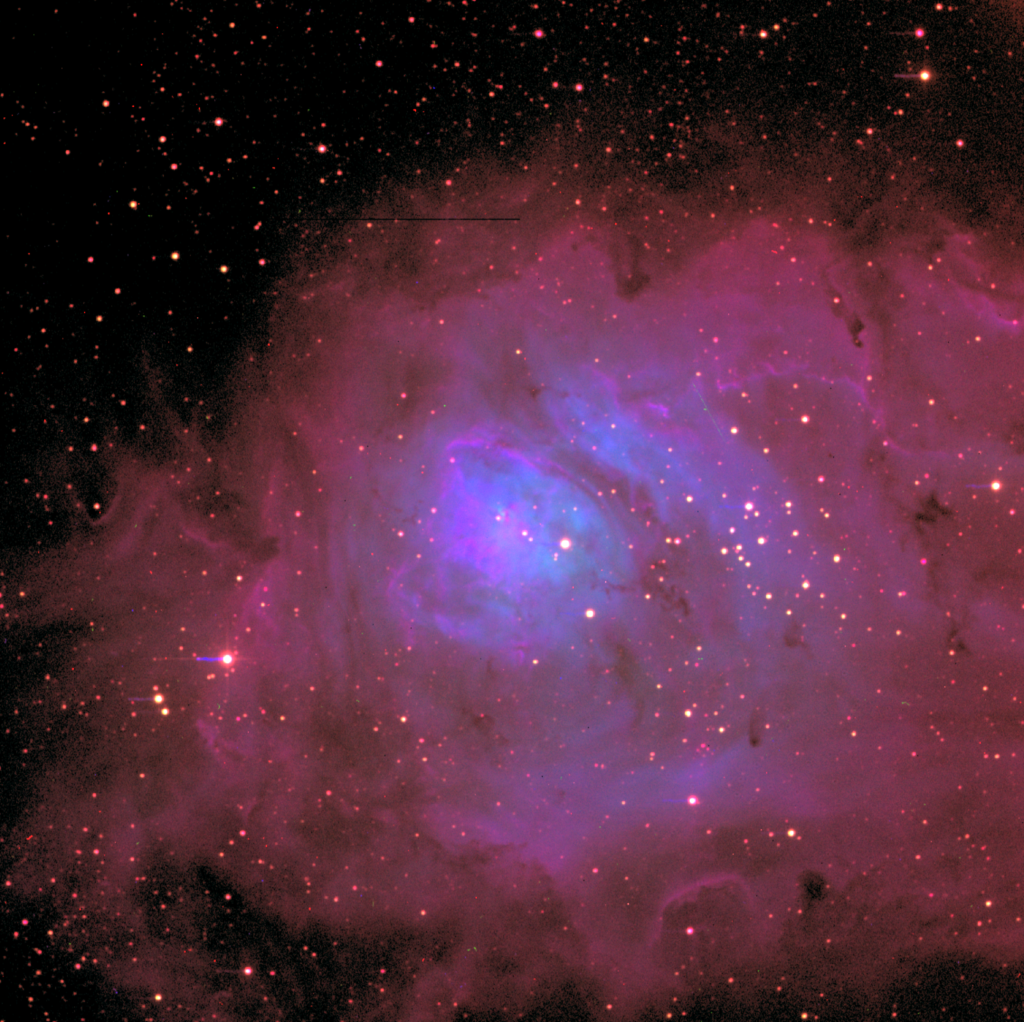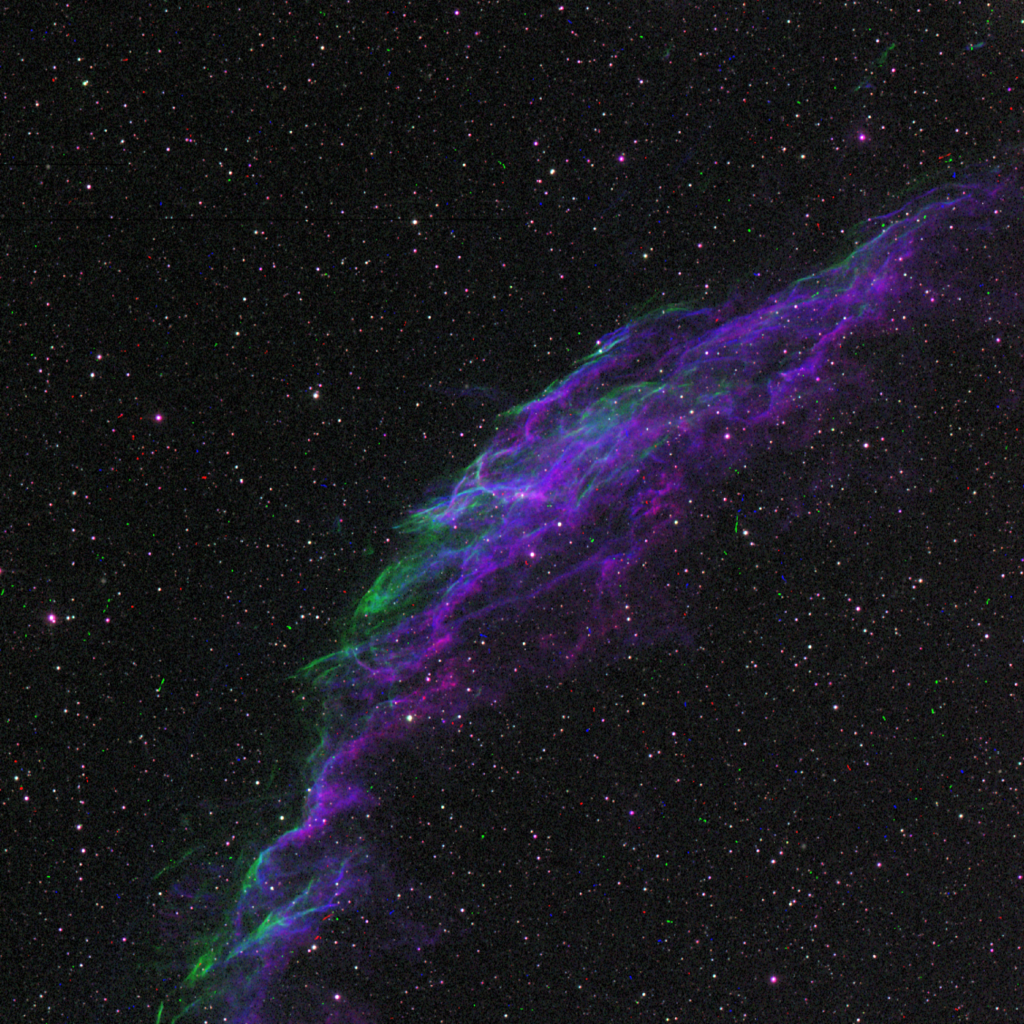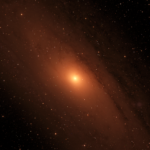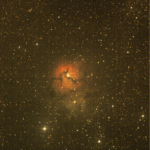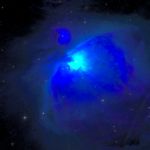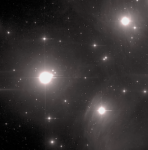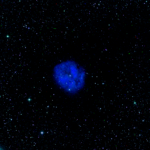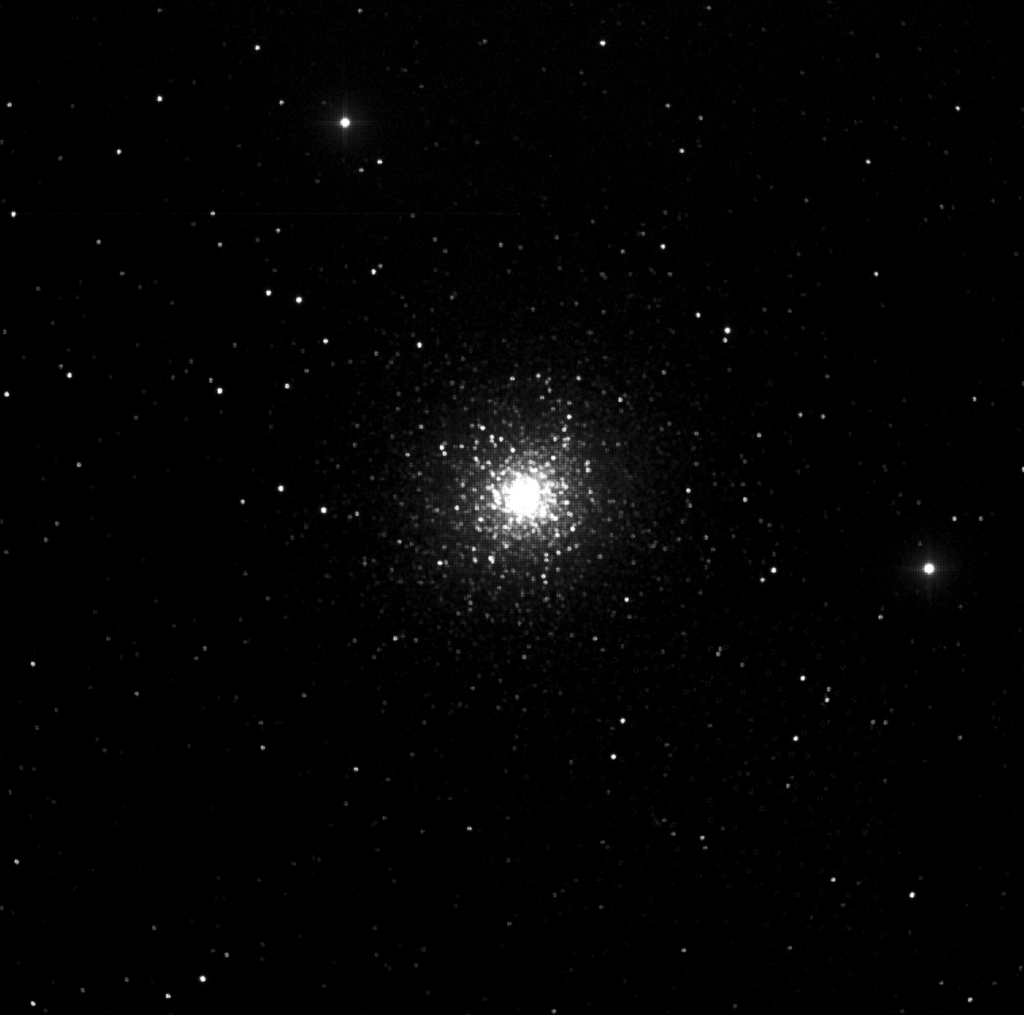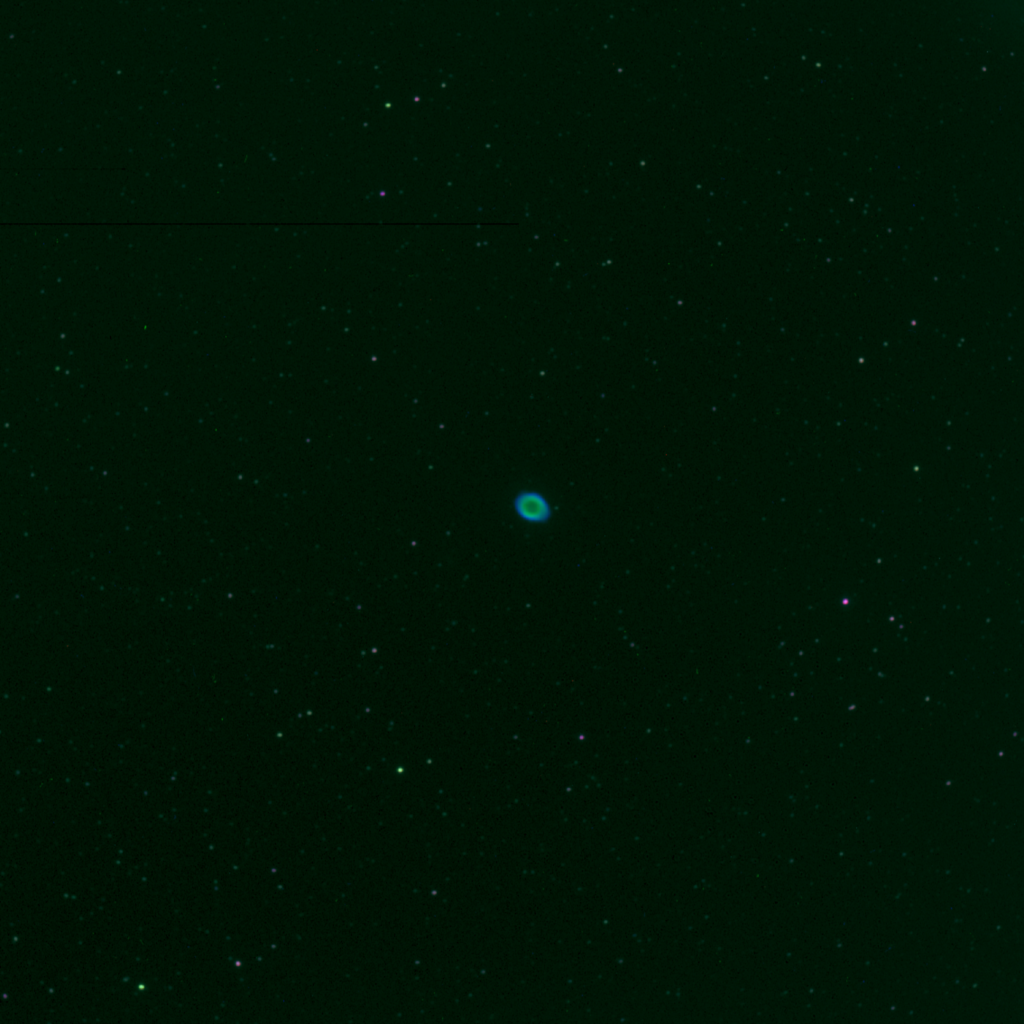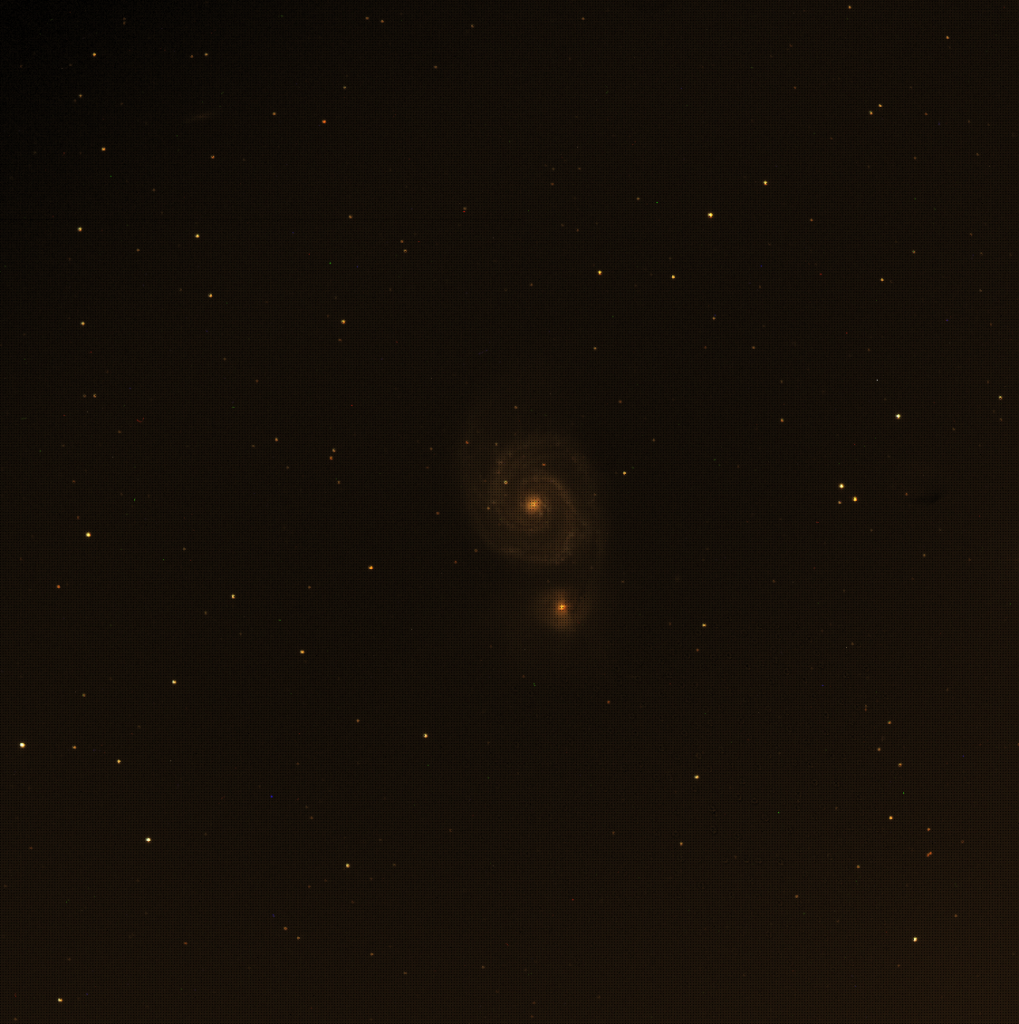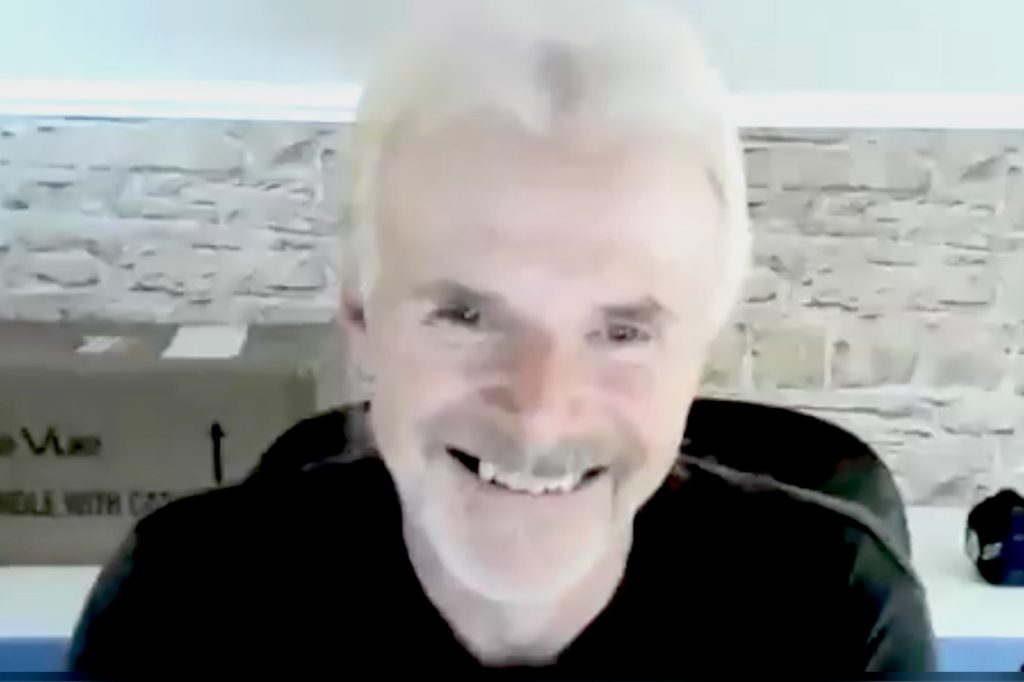In 1608, Galileo Galilei turned his telescope to the night sky. His observations of the Moon and planets laid the foundations for the solar system, our galaxy and the modern understanding of the universe. During the last 400 years, telescopes have incrementally got bigger and better. Innovations include digital drives for precision tracking, sensitive sensors to detect fainter objects, in-line filters to remove unwanted light and hyper-sensitive sensors for detecting faint objects from the distant part of or cosmos.
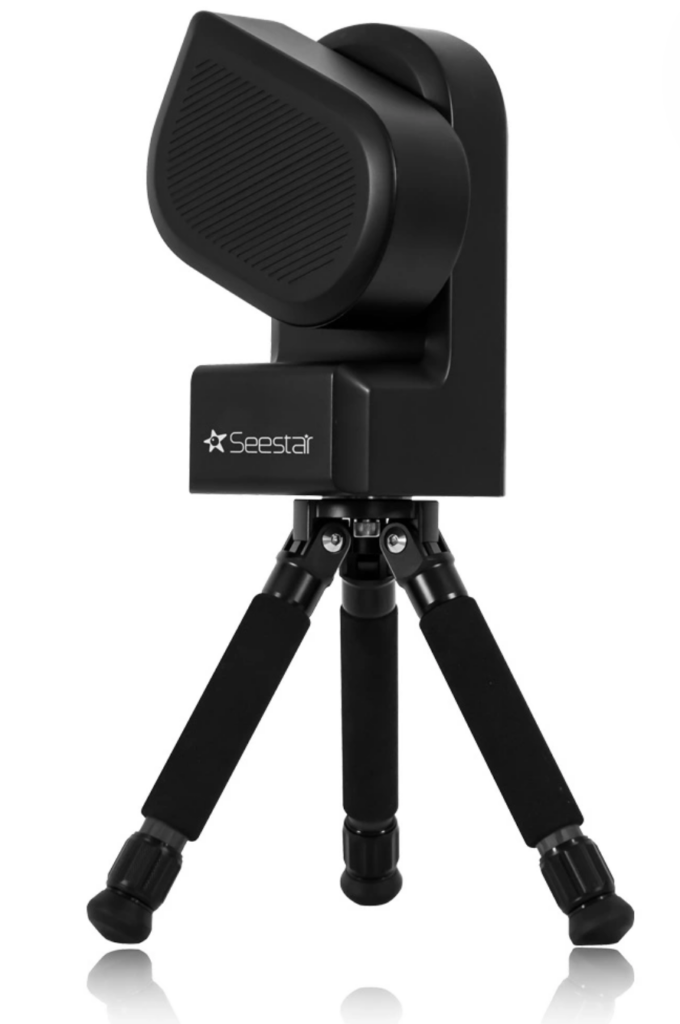
Now, those technologies are available in consumer-grade telescopes known as Smart Telescopes. This is only possible because of the smartphone, another mass-consumer product we already have. A smart telescope operated from an app or a phone (or tablet). The App use the existing open-source tools for integrating multiple short-exposure faint images (a process known as stacking) into one corrected, brighter and enhanced one.
Smart Telescope don’t usually have an eyepiece. All interactions are via a screen and an App. Using a GPS, the telescope can figure out where it is, and by selecting one object from a list observable from the user’s location (and time), it can move to the object and start imaging. It is possible to have a high-quality stacked image of a distant galaxy, five minutes after switching on the telescope.
There are many “Smart Telescopes” on the market. One of the popular, costing around £500, is the Seestar S50 from a China-based company called Zwo. The pictures below are the first images I acquired over two nights in September 2024. They are as they came from the Seestar S50 – no post-processing.
A 50mm primary lens has a focal length of 250mm. There is no eyepiece! At f5, it is not really suitable for planets but ideal for the Moon, Sun and deep-sky objects. It has built-in filters for light pollution, the sun, H alpha and Oxygen 3. There is also a built-in dew heater to mitigate against condensation. Including a 6000mAh battery and 64 GB of built-in memory, everything is integrated into a tiny 2.5kg Telescope. It comes contained in a small carry case with a small but sturdy tripod with a total weight of 2.5kmg.
Will all future telescopes be like this? Probably not, but the benefits it comes with will attract many younger observers and those new to astronomy. For me, the primary benefit is that whilst the telescope has to be outside in the cold, the user does not.
